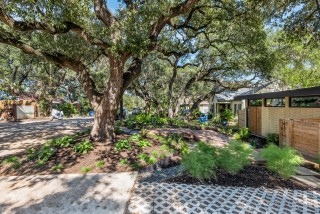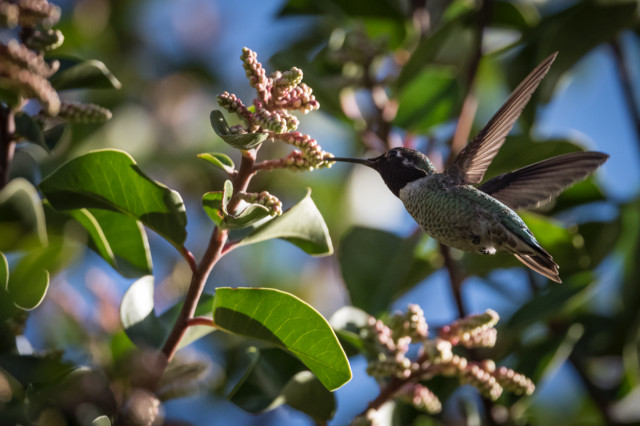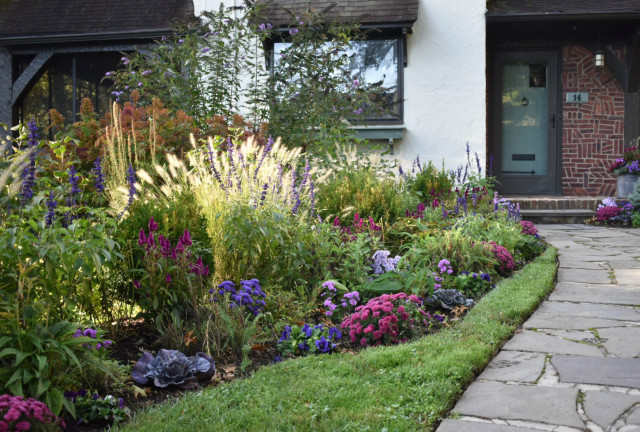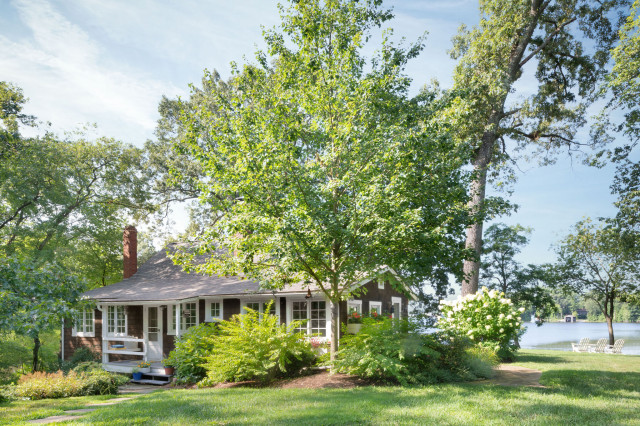
Trees help mitigate heat-island effects by providing shade for streets and parking areas, add to the value of a property, provide habitat, cool the air and absorb carbon dioxide. Of course, they also provide beauty and can help mark the seasons.
Knowing your site will help you decide if you can plant a small tree, such as a dogwood, redbud or hawthorne, or if your yard can accommodate a large oak, pine or pecan. The function of the tree is also important to consider: Will it be multifunctional by providing screening, shade, noise reduction, cover for wildlife, erosion control or food? Discover below how you can place trees in the landscape to benefit both your home and the environment.
This article was originally published by a www.houzz.com . Read the Original article here. .









Purple coneflower and Russian sage make an all-star combination for late-summer and fall perennial beds. Purple coneflower (Echinacea purpurea, zones 3 to 8), native to Eastern North America, are cold-hardy perennials that bloom for months, attracting native bees and butterflies. After the bloom, the flowers’ spiky deep-orange centers can be left in the garden as decorative seedpods (and a feast for birds).
With its pale stems and delicate lavender-blue flowers, Russian sage (Perovskia atriplicifolia, zones 5 to 9) adds an airy quality to beds, appearing like a pale-colored cloud when planted in drifts. Russian sage blooms from July to October.
Both plants are drought-tolerant, making them a good pair for a tough, low-water spot like this sidewalk garden by Garden Stories in Portland, Oregon.
Water requirement: Moderate to low, once established
Light requirement: Full sun
20 Favorite Flowers for the Fall Landscape